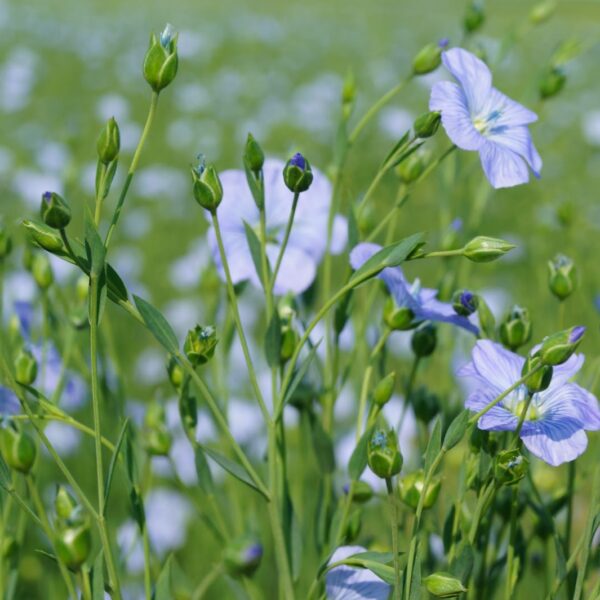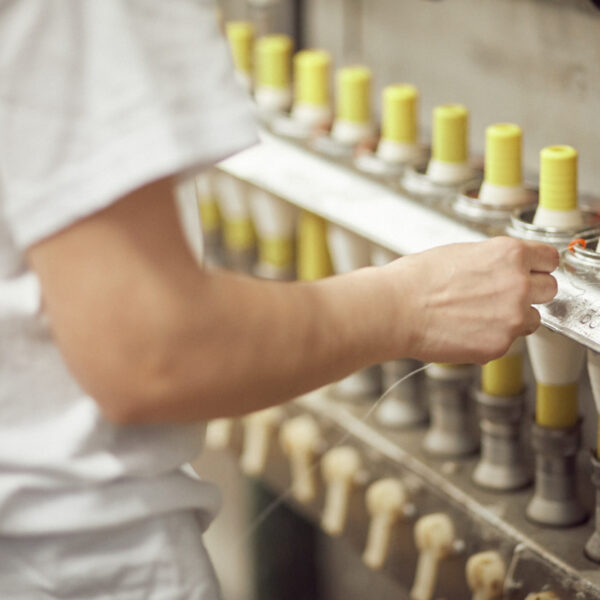Linen is a material used for millennia; the first traces of linen, dating from 36,000 BCE, were found in Georgia. From bridal trousseau to haute couture dresses, linen has earned its place in the pantheon of the most noble materials. Linen is a rare and exceptional material; in fact, it accounts for only 0.4% of the world’s textile fibres. For more than 250 years, Safilin has been working with this remarkable fibre to offer a yarn of the highest quality.

Linen, by nature an environmentally friendly material
There are two types of flax plant: one intended for linen and the other intended for the food industry. Here, we will talk about the flax plant intended for linen.
The flax plant grows for the most part in the coastal area stretching from Caen to Amsterdam. The combination of the climate and the fertile soil of these regions offers the best crops and hence the best linen fibres. The cultivation of flax does not require irrigation and requires very little fertiliser. The whole plant is processed, so that after harvesting, the soil is clean and ready to be used for the next planting.

Cultivation of flax
Having reached its maturity and left untouched to dry for several weeks, the flax is collected and then scutched. Scutching is an entirely mechanical operation, in which the fibre is extracted from the bark of the stem. The successive stages include ginning, stretching, crushing and threshing.
Properties of linen
Linen is a naturally hydrophilic material. It can absorb up to 20% moisture without getting wet and it dries quickly. Contrary to common misconceptions, linen products can be worn all year round thanks to its thermoregulatory properties. Linen can thus be used in place of synthetic materials that are much less breathable.
Safilin linen yarn
Involving a complex mixture of more than 24 batches of raw materials from different regions and after years of cultivation, the production of Safilin linen yarn requires special know-how and care.
At the start of the manufacturing process, each batch is selected according to the type of yarn to be produced and its final use. Only the longest flax fibres are used to produce the finest linen yarns, which ensures the consistency and strength of Safilin linen yarn. The shortest fibres (tow) will be retrieved and used to produce our dry yarns.
For our French linen spinning mill, we have chosen to use only French materials in order to obtain the most local linen yarn possible. Production of our yarn requires it to be transported no more than 500 km. This yarn can be used in both weaving and knitting and in all sectors of the textile industry.
We also keep a stock of raw material equivalent to 10 months’ production in order to guarantee our customers the quality and consistency of our linen yarn throughout the years despite the uncertainties of the harvests.
Throughout the transformation of the fibre into yarn, rigorous manual control is carried out in order to guarantee our customers a linen yarn of exceptional and long-lasting quality.
If you have a linen project, do not hesitate to contact us

